Volunteer Strategy By Unlocking $90,000 in Value with Just Four Great Volunteers
According to a recent NonProfit Times article, the national value of a volunteer hour in 2024 has risen to $34.79, a 3.9% increase over last year. Calculated by Independent Sector and the University of Maryland’s Do Good Institute, this figure reflects average private-sector hourly compensation, including benefits. While nonprofits frequently cite this data in annual reports and grant applications, the real strategic power of volunteerism is rarely maximized—especially during periods of financial strain.
As many nonprofits navigate tightened budgets, rising salaries, and increased service demands, the question isn’t just “How do we cut costs?” It should also be: “How do we tap deeper into volunteer potential?”
Too often, volunteers are seen as episodic helpers—event support, mailroom stuffers, or holiday campaign assistants. But the reality is this: a skilled, consistent, and mission-aligned volunteer can replace the functional value of a part-time employee—and in some cases, bring even more community insight and relationship capital.
Imagine a nonprofit recruiting four high-quality volunteers, each committing to 12.5 hours per week—collectively contributing 50 hours of skilled labor weekly. Using the new 2024 valuation, that's:
50 hours/week × 52 weeks × $34.79/hour = $90,454.00 annually
That’s the equivalent value of a full-time employee—without benefits, payroll tax, or overhead.
The potential is enormous if nonprofits rethink volunteerism beyond traditional roles. These volunteers could:
Manage donor acknowledgment processes, freeing up development officers for major gift cultivation
Run social media content calendars and light graphic design
Support database entry and CRM hygiene
Serve as community liaisons to specific affinity groups or neighborhoods
Coordinate volunteers for events, transforming episodic help into structured engagement
Work in the finance area
This isn’t about replacing staff; it’s about amplifying impact. It allows paid professionals to focus on higher-return work while volunteers operate within their strengths and passions.
To realize this potential, nonprofits must shift their thinking. Volunteer engagement isn’t charity—it’s talent strategy. Organizations must be willing to:
Invest time in vetting and onboarding skilled volunteers
Build real position descriptions and performance expectations
Offer flexibility and purpose-driven opportunities that attract professionals, retirees, or remote contributors
Volunteerism in 2024 isn’t just about goodwill—it’s about capacity. As the sector faces new economic realities, innovative organizations will see volunteers not just as helpers, but as critical extensions of their mission. The value is measurable. The impact is transformational. The opportunity is now.


